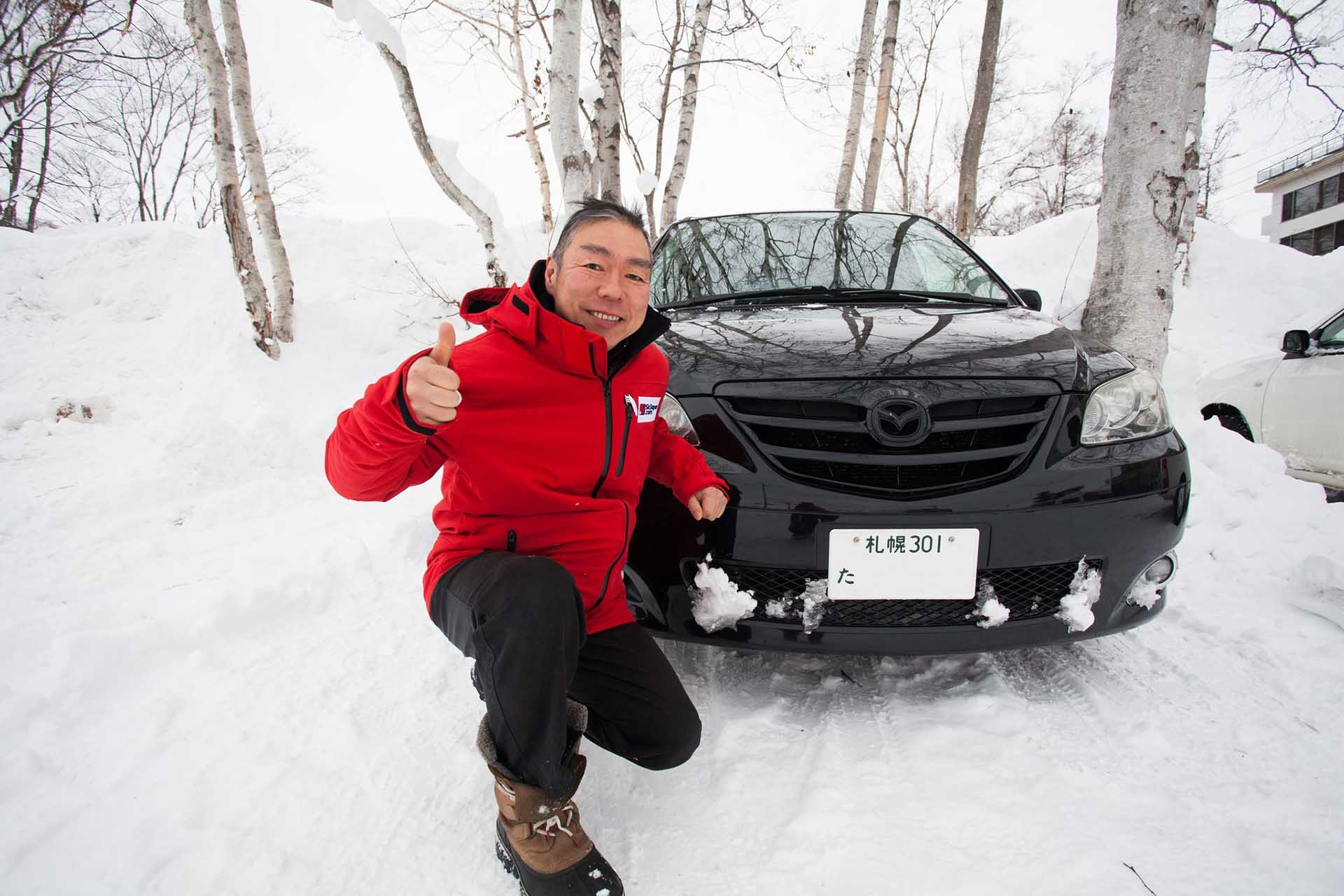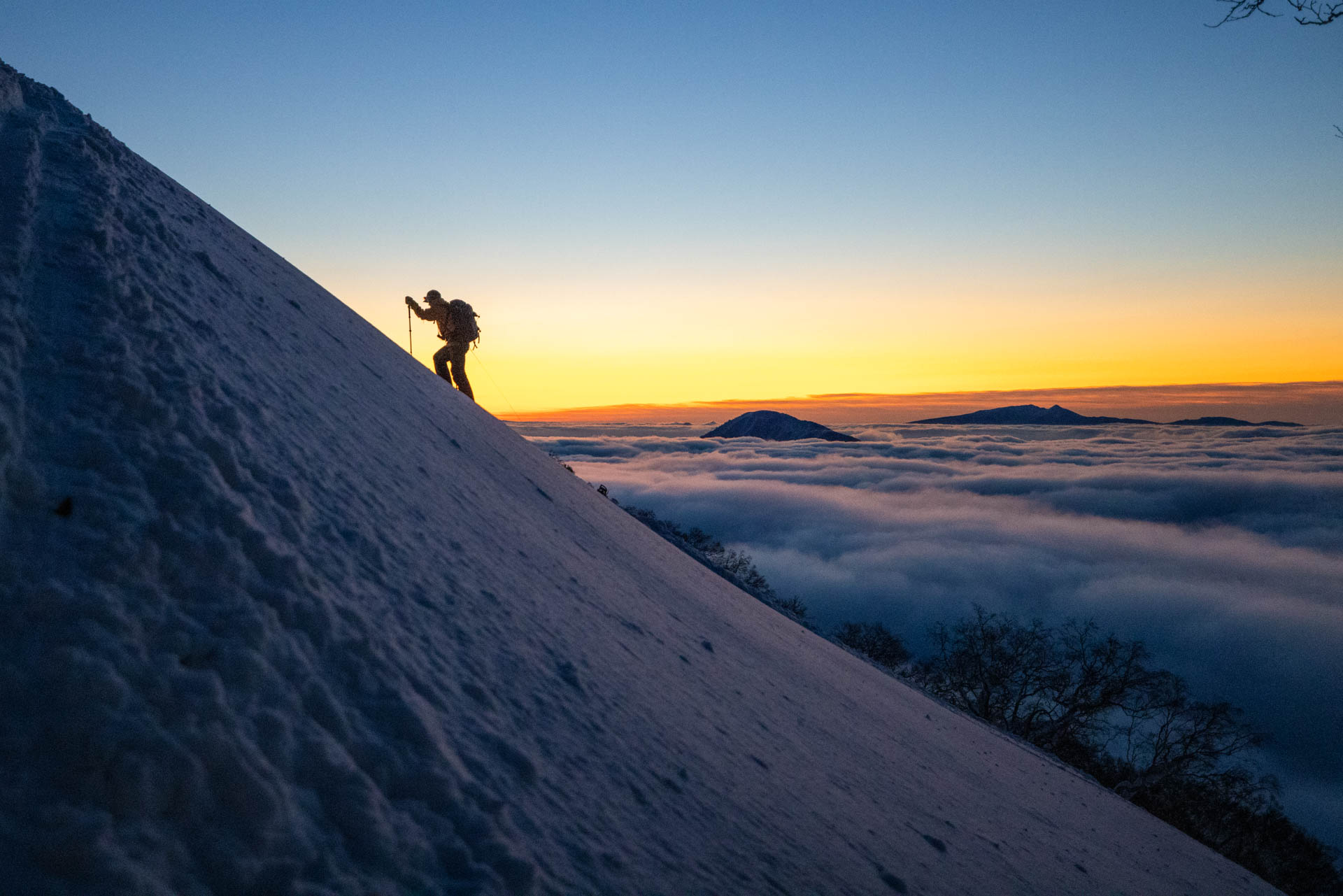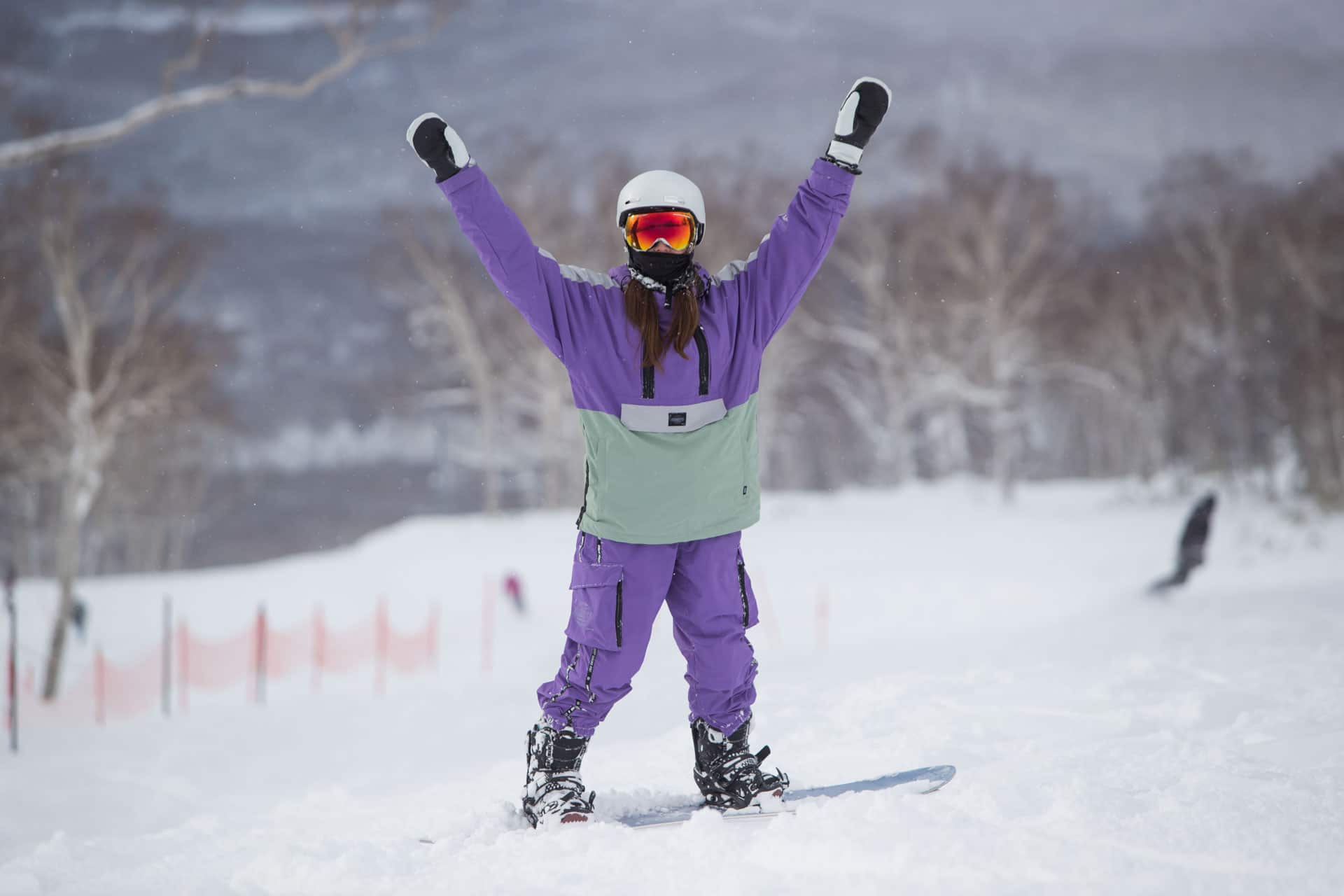The Ultimate Guide for Niseko Seasonal Workers
Welcome to Niseko! This beautiful winter destination in Hokkaido, Japan, is known for its abundant powder snow, stunning landscapes, and lively seasonal worker community. For those coming to work in Niseko for the winter, here’s a comprehensive guide covering everything from setting up your phone to ensuring your safety in the backcountry.
1. Getting Connected: Mobile SIM Cards
When you arrive, having a Japanese phone number is essential. Not only will you use it to stay in touch with family, friends, and colleagues, but it’s also often required for various services like banking and online shopping. We recommend using Mobal, a company that offers an affordable way to get a mobile SIM card with data and a Japanese phone number. Mobal’s setup is quick, so you’ll be connected shortly after arriving, making it easy to navigate your season with reliable data and communication.
2. Deciding Whether to Get a Car
Niseko is a snowy wonderland, but it can be challenging to navigate. Before purchasing a car, check with your employer to see if they offer a staff shuttle from your accommodation to work. This option can save you significant costs and potential complications.
If you do decide to get a car, here are some key considerations:
- Registered Parking Spot: Street parking isn’t allowed in Japan. Confirm that you’ll have access to a registered parking spot for your car.
- Winter-Ready Vehicle: Cars in Niseko must have high-quality winter tires for safe driving. Additionally, it’s highly recommended to take a winter driving course to build confidence on icy roads.
- Zero Alcohol Tolerance: Japan enforces a strict zero alcohol tolerance for driving. Even a trace of alcohol from the night before can lead to penalties, so make sure you’re sober before getting behind the wheel.
- Reputable Seller: If you buy a car, purchase it from a reputable seller and verify that it’s registered. This step ensures you’re covered by insurance and helps avoid legal issues.
3. Finding Accommodation
Most large employers in Niseko provide accommodation for seasonal staff, often located conveniently close to the workplace. Additionally, many employers offer staff shuttle buses that transport employees between their accommodation and the resort area, making commuting easier and safer during snowy conditions.
Seasonal housing is commonly based in surrounding towns like Kutchan, Niseko, or Rankoshi, each with its own amenities:
- Kutchan Town: The largest town nearby, offering supermarkets, restaurants, and entertainment options.
- Niseko Town: A quieter area that still provides essential services like shops and dining spots.
- Rankoshi Town: A scenic town with basic services and a tranquil atmosphere.
Public buses connect these towns with the ski area, so even if you live a bit further out, you’ll still have easy access to Niseko’s main attractions and slopes.
4. Enjoying Niseko’s Nightlife
Niseko’s après-ski and nightlife are vibrant, with cozy bars and lounges where seasonal workers and visitors alike can unwind. However, nightlife in Niseko comes with a few quirks worth knowing:
- Bring a Separate Nightlife Jacket: Many bars don’t offer cloak services, and jackets left unattended can sometimes be taken by mistake. Consider bringing a jacket that isn’t part of your ski gear, so even if it gets misplaced, you won’t be without essential clothing for your next day on the slopes.
- Crowds and Atmosphere: The bars in Niseko can get crowded quickly, especially on weekends. Go early or with friends to ensure you get a spot to relax.
5. Managing Winter Blues
Winter blues, or seasonal affective disorder (SAD), is common in northern destinations where sunlight is limited. In Niseko, seasonal workers can be especially affected due to the intense snowfall, shorter daylight hours, and time away from family.
- Vitamin D Supplement: Sunlight is one of the best sources of Vitamin D, but Niseko’s winters often lack sunny days. A Vitamin D supplement can help improve your mood, energy levels, and overall physical health, allowing you to enjoy the season to the fullest.
- Physical and Mental Health Care: Staying active on your days off and taking time to socialize or enjoy hobbies can counter the winter blues. Prioritize self-care and set a routine that incorporates movement, rest, and regular meals.
6. Backcountry Safety Essentials
Niseko offers incredible backcountry skiing experiences, with expansive terrain accessible via 11 gated areas. Here’s what you need to know before venturing into these areas:
- Understand the Terrain: Niseko’s backcountry has three main skiing areas:
- On-piste: Groomed trails within the resort boundaries.
- Off-piste: Ungroomed areas within the resort, offering a mix of terrain.
- Backcountry: Terrain outside the resort boundaries, accessed through the gates. These areas are not patrolled or controlled, so they require preparation and caution.
- Safety Equipment: Carry essential backcountry safety gear, including a beacon, shovel, and probe. Familiarize yourself with these tools and take a training course to ensure you can use them effectively.
- Avalanche Awareness: Be prepared for variable conditions. The backcountry gates are closed during unsafe conditions, but even when they’re open, avalanche risks remain. Check the weather and Niseko avalanche reports daily and always ski with a buddy or group.
7. Getting Involved in the Local Community
One of the best ways to make the most of your time in Niseko is by getting involved in the local seasonal worker community. Here are some ideas:
- Events and Social Gatherings: Many organizations host gatherings for seasonal workers, including language exchanges, movie nights, and workshops.
- Outdoor Activities: Winter in Niseko isn’t just about skiing. Snowshoeing, ice fishing, and even Japanese tea ceremonies offer unique ways to experience the culture and natural beauty of Hokkaido.
- Cultural Etiquette: Learning a bit about Japanese customs and language can help you navigate daily life and make connections with locals. Simple phrases like “Arigatou gozaimasu” (Thank you) and “Sumimasen” (Excuse me) are easy to learn and show respect for the culture.
8. Preparing for the End of the Season
Planning for the end of the season is essential. As winter wraps up in March or April, demand for flights and accommodations increases, so consider making your booking to travel early. Additionally, take care of any necessary paperwork, whether it’s returning leased equipment, ending rental agreements, or closing accounts like utilities. If you’re extending your visa for the following season, make sure to make the arrangements before you leave Japan.
Conclusion
Niseko offers an unforgettable winter season filled with snow, adventure, and new friendships. Preparing ahead—whether it’s setting up your phone, ensuring your accommodation is secure, or packing a spare jacket for nights out—can make your experience smoother and more enjoyable. Enjoy your time here, and embrace the unique lifestyle that comes with working in one of Japan’s premier winter destinations.





